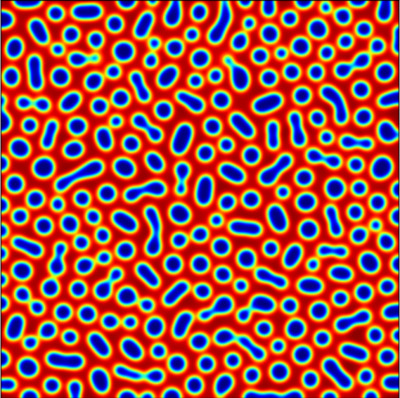Topological microstructure analysis using persistence landscapes
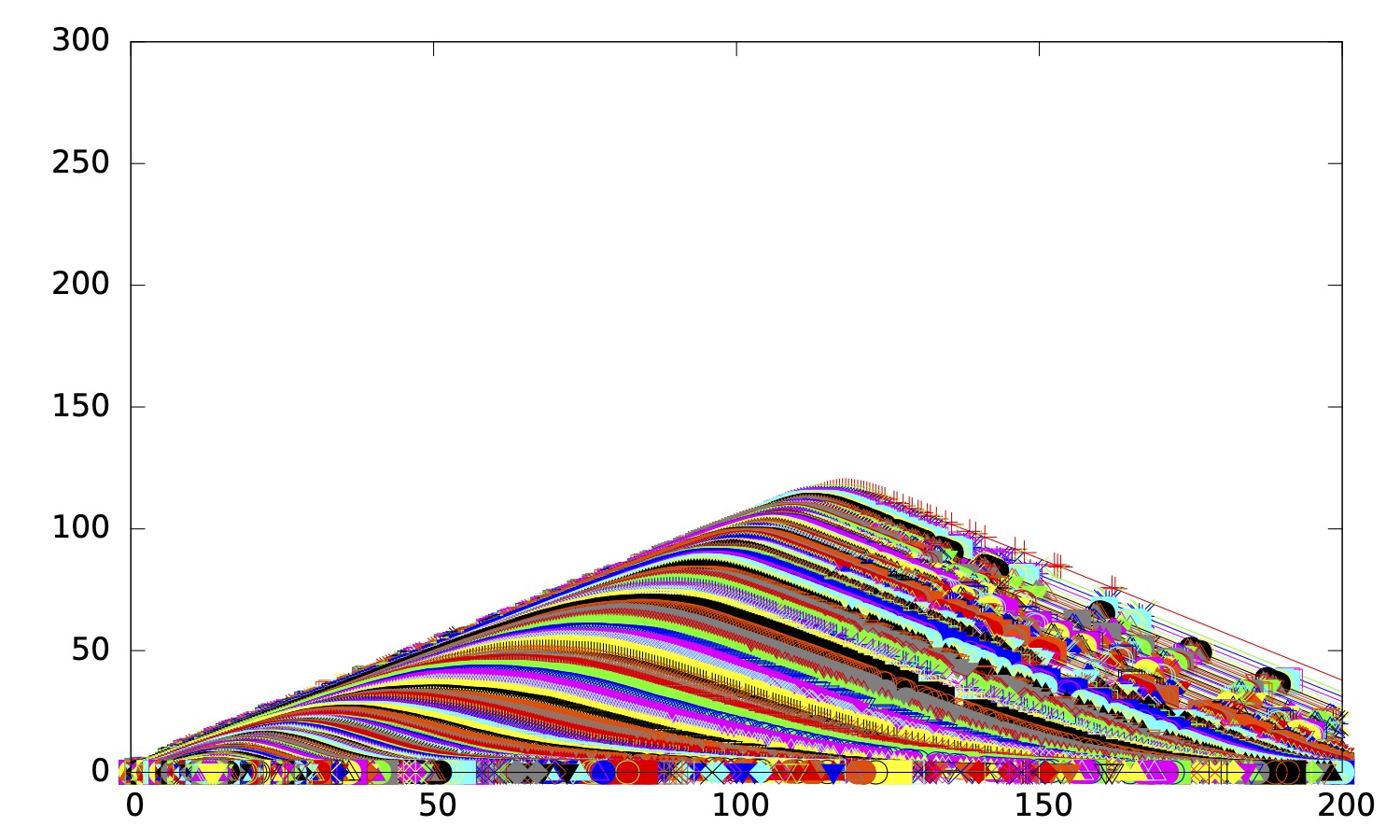
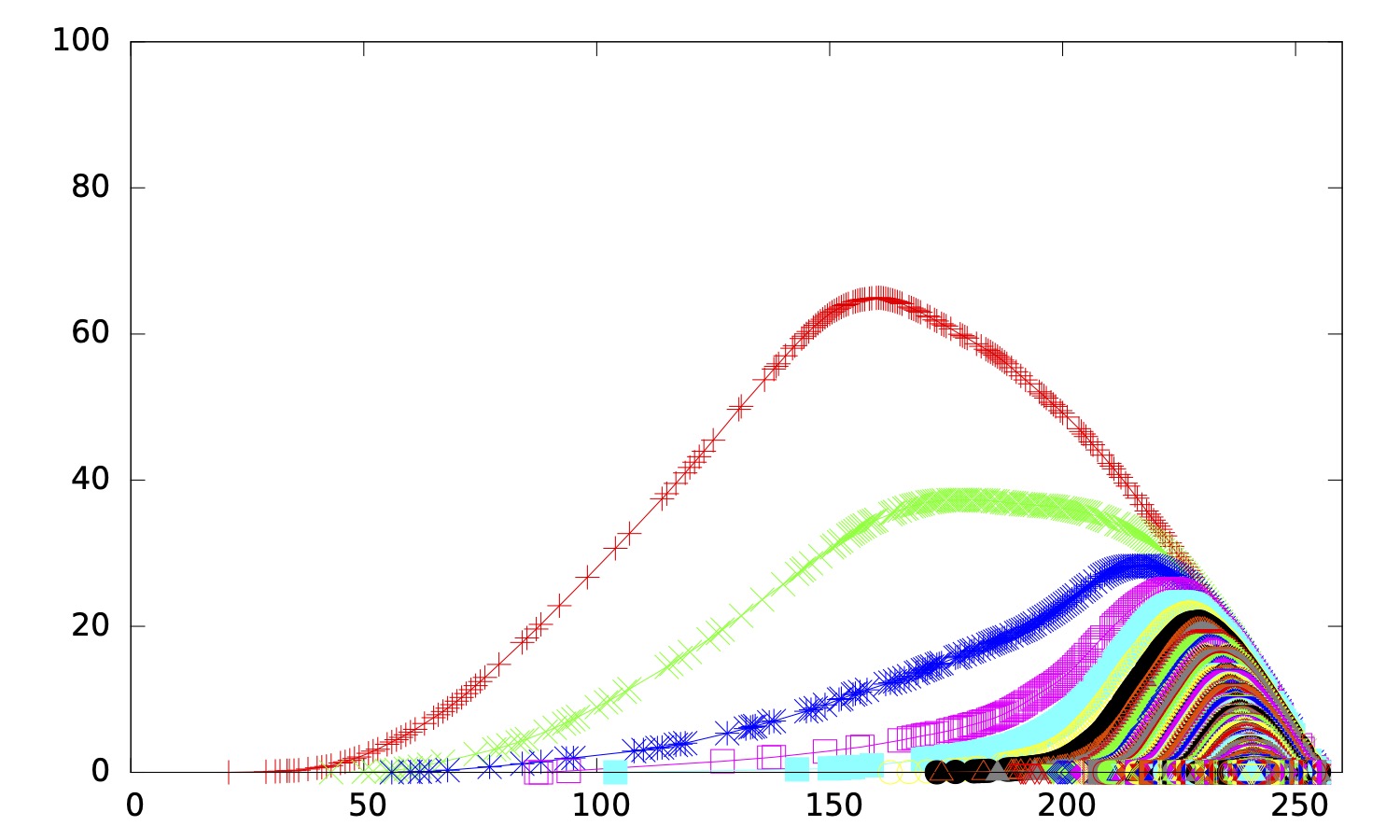
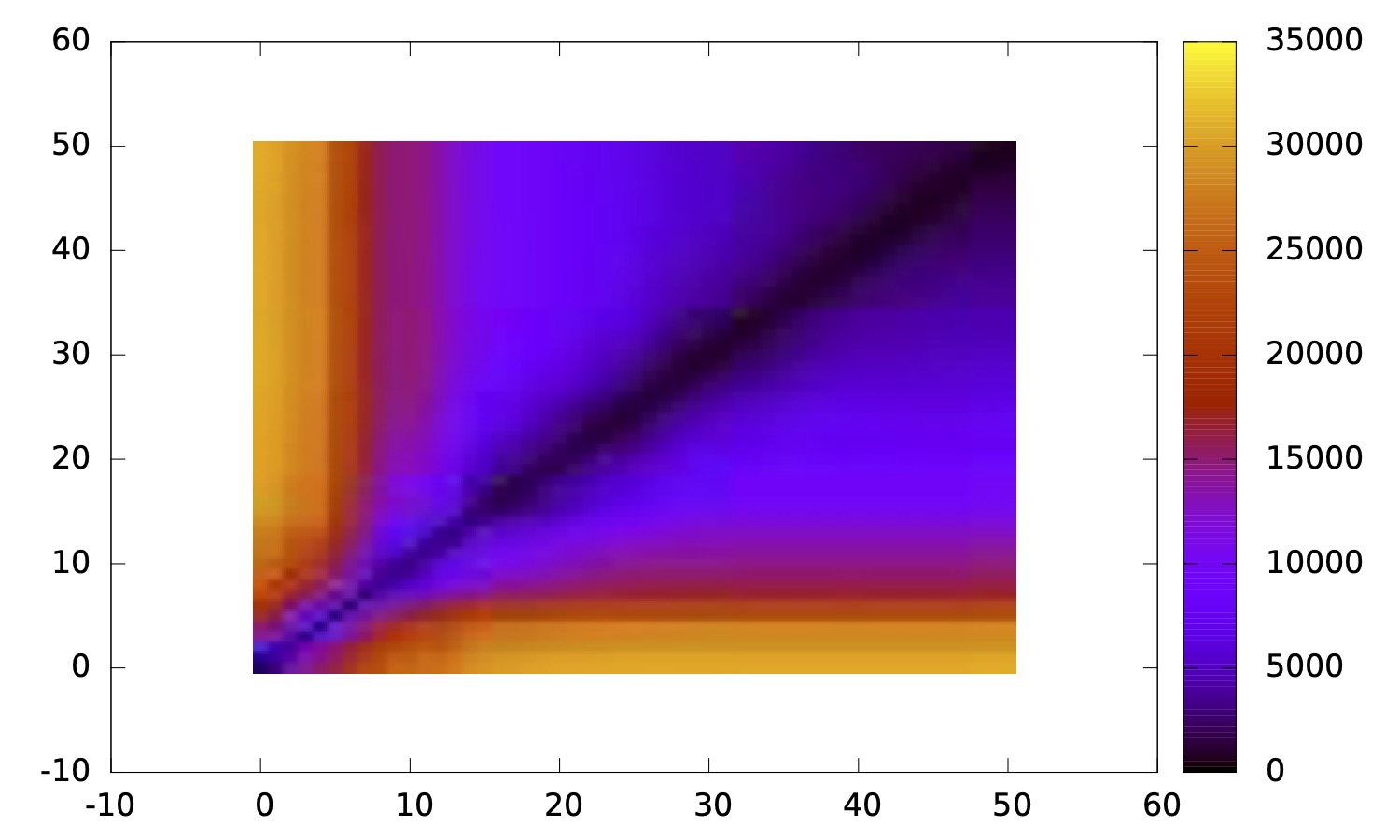
- Pawel Dlotko, Thomas Wanner:
Topological microstructure analysis using persistence landscapes
Physica D: Nonlinear Phenomena 334, pp. 60-81, 2016.
Abstract
Phase separation mechanisms can produce a variety of complicated and intricate microstructures, which often can be difficult to characterize in a quantitative way. In recent years, a number of novel topological metrics for microstructures have been proposed, which measure essential connectivity information and are based on techniques from algebraic topology. Such metrics are inherently computable using computational homology, provided the microstructures are discretized using a thresholding process. However, while in many cases the thresholding is straightforward, noise and measurement errors can lead to misleading metric values. In such situations, persistence landscapes have been proposed as a natural topology metric. Common to all of these approaches is the enormous data reduction, which passes from complicated patterns to discrete information. It is therefore natural to wonder what type of information is actually retained by the topology. In the present paper, we demonstrate that averaged persistence landscapes can be used to recover central system information in the Cahn-Hilliard theory of phase separation. More precisely, we show that topological information of evolving microstructures alone suffices to accurately detect both concentration information and the actual decomposition stage of a data snapshot. Considering that persistent homology only measures discrete connectivity information, regardless of the size of the topological features, these results indicate that the system parameters in a phase separation process affect the topology considerably more than anticipated. We believe that the methods discussed in this paper could provide a valuable tool for relating experimental data to model simulations.
Links
The preprint version of the paper can be downloaded from https://arxiv.org/abs/1508.06898, while the published version of the paper can be found at https://doi.org/10.1016/j.physd.2016.04.015.
Bibtex
@article{dlotko:wanner:16a,
author = {Pawe{\l} D{\l}otko and Thomas Wanner},
title = {Topological microstructure analysis using persistence landscapes},
journal = {Physica D: Nonlinear Phenomena},
volume = 334,
pages = {60--81},
year = 2016,
doi = {10.1016/j.physd.2016.04.015}
}
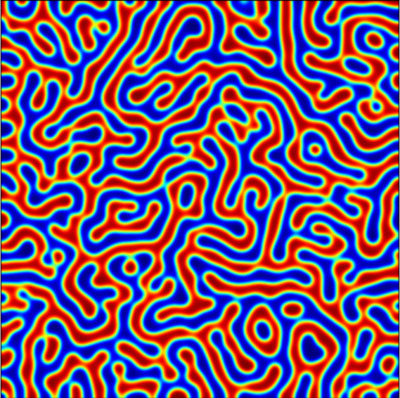
 orcid.org/0000-0003-3294-0366
orcid.org/0000-0003-3294-0366